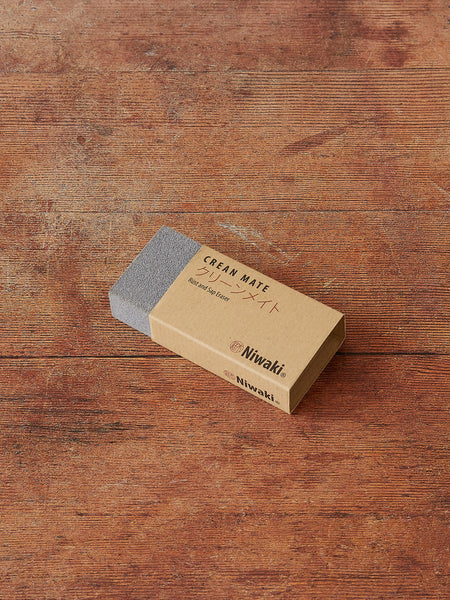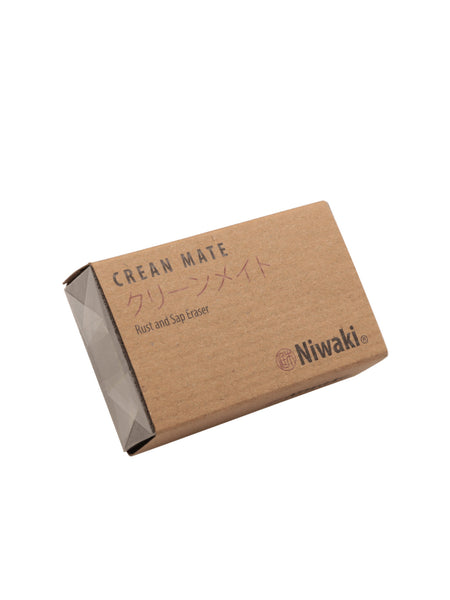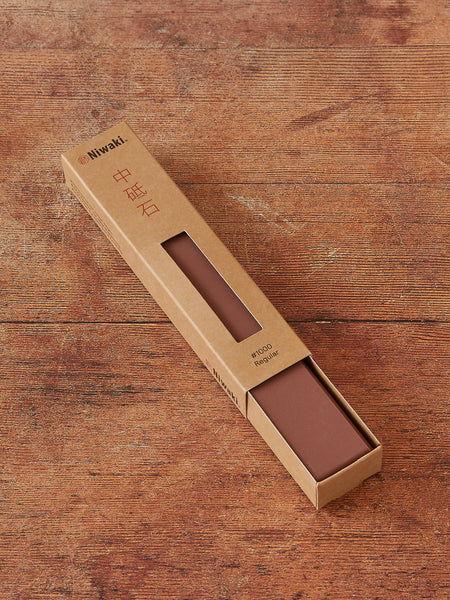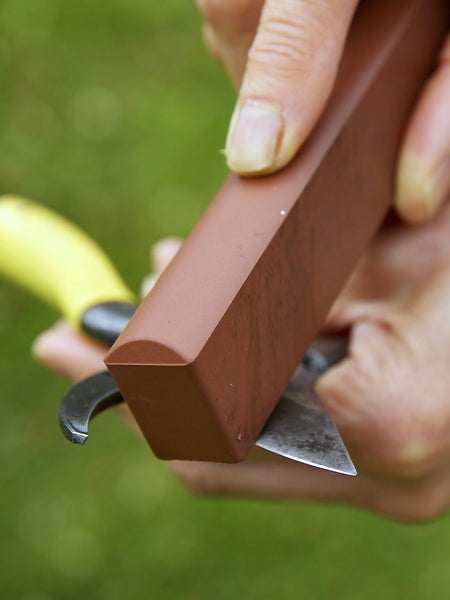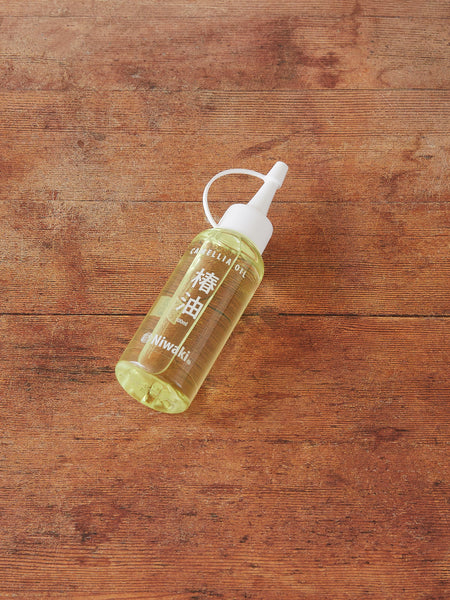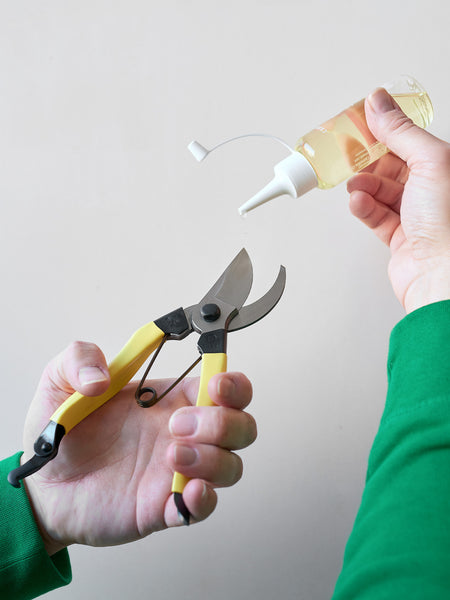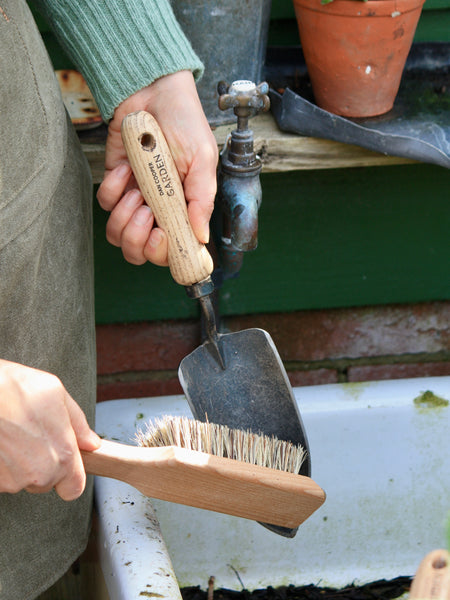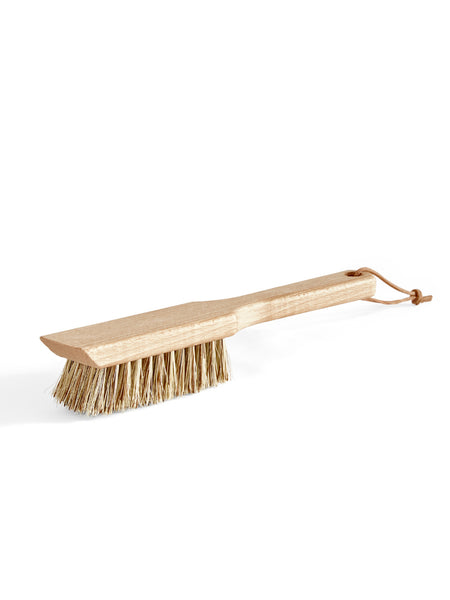Our hands are the greatest garden tools at our disposal. We clean them, protect them, and struggle when their movement is limited. Like our hands, the tools we hold in them need regular care and maintenance to keep them in tip-top condition. In this guide, I explain how to look after the garden tools in your shed.
Why bother?
There are many reasons to treat garden tools well and use them correctly.
- Longevity - it helps them last longer, and this saves money in the long run. It also reduces the amount of material that goes to waste.
- Effectiveness - it ensures they work as intended, reducing the effort required to use them.
- Hygiene - soil, sap and other plant material can be infected with bacteria and viruses. Clean tools are less likely to spread nasty diseases.
- Safety - tools that aren’t working as they should are more likely to cause accidents, strains and injuries.
No garden tool is 100% maintenance-free, but the simpler the design, the easier it will be to look after. There are very few that can’t be spruced up quickly at home.
Common problems
A tool’s number one enemy is moisture, which can come from rain, humidity or plant sap. Water causes the rusting of steel blades and the swelling of wooden handles. Leaving garden tools outside is a recipe for trouble; don’t do it, even if the weather is fine. Dew or humidity overnight can quickly cause rust patches or seize an otherwise good mechanism.
The second threat is misuse. Using a garden tool for a purpose it wasn’t intended for or pushing it beyond its limits can be dangerous. Harsh chemicals, sunlight and collision with other, harder materials can also be damaging.
Rust, flaking finishes, seizing up, clogging, and bluntness are all signs that prompt maintenance is required. Fear not, because many neglected garden tools have been brought back to life by following a few simple steps. Plastic tools that have split, cracked or perished aren’t easily repaired, so it’s a good idea to avoid these in the first place. The same goes for the painted and plated finishes: they look good, to begin with, but often flake away to reveal the vulnerable metal beneath.
Copper has a low friction coefficient, meaning copper garden tools don’t clog as readily. They will develop a mottled brown patina over time, which is protective rather than corrosive, unlike rust. Aluminium is light and non-corrosive but nowhere near as hard-wearing as steel.
Essential cleaning kit
Cleaning garden tools does not require special or expensive kit. Chances are you’ll have most of the items listed below, or a close equivalent, in a kitchen cupboard, shed or garage. You'll determine what works best for you as you get familiar with cleaning your equipment.
- Nylon pan scourers
- Wire wool (the grade will depend on the metal you are cleaning)
- Camellia oil (natural) or WD40 (not so natural)
- Crean Mate sap eraser
- Sharpening stone
- Old cloths, dusters and towels
- Newspaper
- A stiff brush
- Old toothbrushes
- White vinegar
- Disinfectant (bleach or ethanol are more effective than household cleaners)
It’s best to clean and dry garden tools after every use rather than letting dirt and grime build up. How often you need to sharpen or adjust a tool depends on how frequently you use it. Professional gardeners may sharpen their blades at the end of every day, but the rest of us probably leave it until we notice they aren’t cutting as well.
How to look after hand tools (e.g. trowels, forks, spades, hoes and rakes)
Routine maintenance:
- Remove mud, stones and plant material using a hose or outdoor tap and dry immediately with an old towel or rags.
- Once completely dry, use a stiff brush to remove caked-on mud or flaking finishes.
- Wipe over all metal parts with camellia oil or spray with WD-40 to protect against moisture in the air. (You might not know that the WD in WD-40 is an abbreviation for ‘water displacement’.)
- Hang tools up when out of use so air can circulate around them. Avoid places where condensation may develop.
Occasional maintenance:
- Remove rust with wire wool or a wire brush, but be aware this might scratch polished, painted or coated surfaces. Scratching is harmless compared to rust and will happen anyway, with use.
- Once in a while, you might want to revive grubby wooden handles by sanding them lightly with sandpaper and then wiping them with white spirit to remove any dust; the prepared surface will be ready for a protective coating of linseed or tung oil (both natural).

How to clean pruning tools (e.g pruning knives, snips, secateurs, sickles, scythes and axes)
Routine maintenance:
- Brush away excess dirt using a stiff brush and then wipe the blades with a damp rag to remove any stickiness.
- Use a Crean Mate sap eraser to clean muck from the blades - the action and outcome are much like using a pencil eraser on paper.
- Wipe and then sharpen using a sharpening stone or a special sharpening tool - if you’re unsure how to do this, there are lots of helpful videos on YouTube. The three main things to keep in mind are only to sharpen the bevelled edges of the blades, not to apply pressure - the weight of the stone is enough, and to sharpen evenly along the full length of the blade.
- Spray the blades with a disinfectant spray or dip them in dilute bleach to kill pathogens (mainly bacteria, viruses and fungi). This ensures you won’t spread diseases between plants. Disinfecting is vital if you grow lots of plants of the same type, for example, apples, dahlias or roses.
- Dry the blades thoroughly and coat them with camellia oil.
- Hang tools up so that air can circulate freely.
Occasional maintenance:
- Pop rusted springs in a jar of white vinegar and leave for 24 hours before brushing away the residue with a toothbrush. White vinegar also works brilliantly for unclogging smaller tools like snips.
- Use an old toothbrush to clean around nuts, bolts and joints. Some manufacturers of secateurs advocate dismantling and reassembly when cleaning and sharpening, while others do not, as it can affect the balance of the tool. Always check the original packaging or maker’s website before taking pruners apart.
- If you’ve cut through wire or struck a nail or stone, your blades may have obvious knicks and dents. Correction is usually possible using a diamond file or you might prefer an expert to do the work. Brands such as Felco and Niwaki offer sharpening services for their tools.
- Tighten bolts if you feel the action has become loose, but take care not to overdo it.
- If you aren’t planning to use your tools for a while, ensure they can’t get damp. If in doubt, bring them indoors and store them in a cupboard, out of reach of children. A tool roll will offer the best protection.

With all matters blade-related, please exercise caution. Always work on a firm surface and at a comfortable height. Pay attention to what you are doing and know where the blades are in relation to your body. If you get distracted, stop and begin again when you can concentrate. Don’t hang tools where they could fall on a foot or, heaven forbid, a pet. Never store them above head height or where a child could reach them.
If you have a tool maintenance tip I’ve missed and would like to share, contact me at hello@dancoopergarden.com and I can add it to future edits. And, if you found this article helpful, why not forward a link to a friend?

